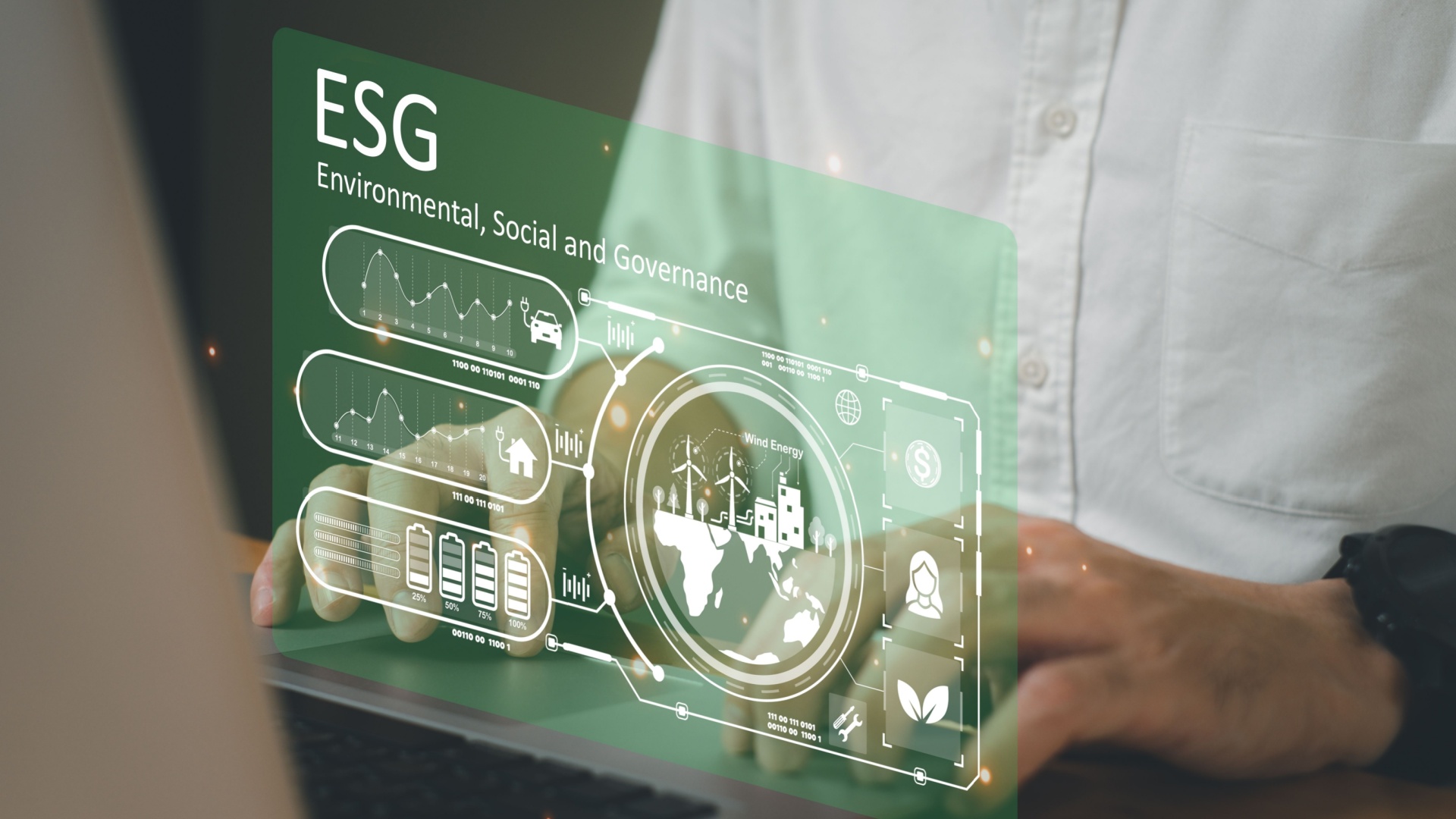
A sustainable supply chain requires an integrated approach that involves all aspects of the supply chain, from sourcing to delivery. Every large company’s sustainability effort is tied to their ability to partner and support improvements in small and medium-sized enterprises (SMEs) along the entirety of their supply chain. On their side, SMEs can take the lead and embrace specific initiatives to promote sustainability in their supply chain, seizing a unique opportunity to stand out along the value chain.
SMEs are the backbone of the world’s economy, making up 90% of businesses globally, as a recent analysis from the World Economic Forum points out. They are indispensable to the smooth functioning of global supply chains, yet many are not fully engaged in environmental, social, and governance (ESG) issues. This is due mainly to a lack of resources, capacity and time. SMEs might also have lower bargaining power with suppliers, while others simply lack the necessary knowledge. Here is where to start.
A sustainable supply chain: a definition
Supply chain sustainability refers to the integration of the ESG practices to the entire supply chain, from sourcing raw materials to delivering the final product to consumers. A sustainable supply chain aims to minimize negative environmental and social impacts, such as greenhouse gas emissions, waste, human rights violations and exploitation of labor. It also seeks to create positive impacts, such as improving working conditions, reducing poverty and promoting sustainable economic growth.
As the Weforum points out, ESG is about doing all you can to stop or minimize any harmful effects of your business on the environment, treating your staff and your customers fairl and tring to do the best for the places and the people where you operate throughout your supply chain. These guiding principles can deliver a raft of benefits, from reducing costs to managing risks to creating new business opportunities and attracting talent.
The role of collaboration across the ecosystem
An analysis by Levin Sources (a consultancy firm helping to build sustainable minerals value chains) states that “businesses interested in increasing collaboration with SMEs in their value chain can start with a shared Foundation of Values followed by an Openness to Capacity Building”. This helps larger players incorporate in their value chains many SMEs with different levels of sustainability and to improve their compliance.
SMEs can also be proactive and work towards becoming a fully sustainable supplier for larger companies – instead of waiting for larger companies to push for an improved sustainability of their smaller suppliers. This approach includes obtaining certifications that demonstrate their commitment to sustainability, but also reporting their sustainability practices and performance on a regular basis.
Supply chain sustainability is also a matter of collaboration. It is a holistic approach where companies work closely with their suppliers, customers, and other stakeholders to identify and address environmental and social risks and opportunities. This requires setting sustainability goals, developing strategies and policies, implementing sustainability practices, and measuring the outcomes to promote continuous improvement.
Shape a sustainable supply chain in 6 steps
Here are a few practices that help create a sustainable supply chain.
- Commit to reducing the carbon emissions of your operations and your partners’ operations too.
- Aim to minimize waste and the environmental harm that comes from GHG scope three activities beyond your control (for example, energy-intensive production and transportation of goods made offshore). Or try to locally source when possible.
- Increase transparency and traceability in the supply chain through digital technologies, such as connected objects (IoT) and blockchain-based smart contracts.
- Create value by changing the way your supply chain operates. For example, choose a diverse set of suppliers that match your sustainability standards; incorporate a sustainable product design (eco-design) to help improve the sustainability performance of products throughout their lifecycle; integrate sustainable product manufacturing, packaging, assembling, distribution, and end-of-life management.
- Move towards a circular economy, keeping products and materials in use as long as possible by reusing, repurposing, recycling.
- Access sustainable finance options, such as green bonds or impact investing, to help finance sustainable investments.
Building a sustainable supply chain is a multi-layered effort that can deliver significant benefits. It will increase the value of your products and services, attract customers and partners, reduce energy bills, improve brand reputation and the success of talent attraction and retention strategies.



